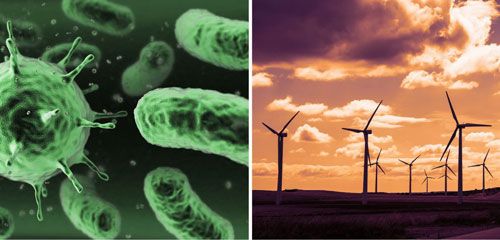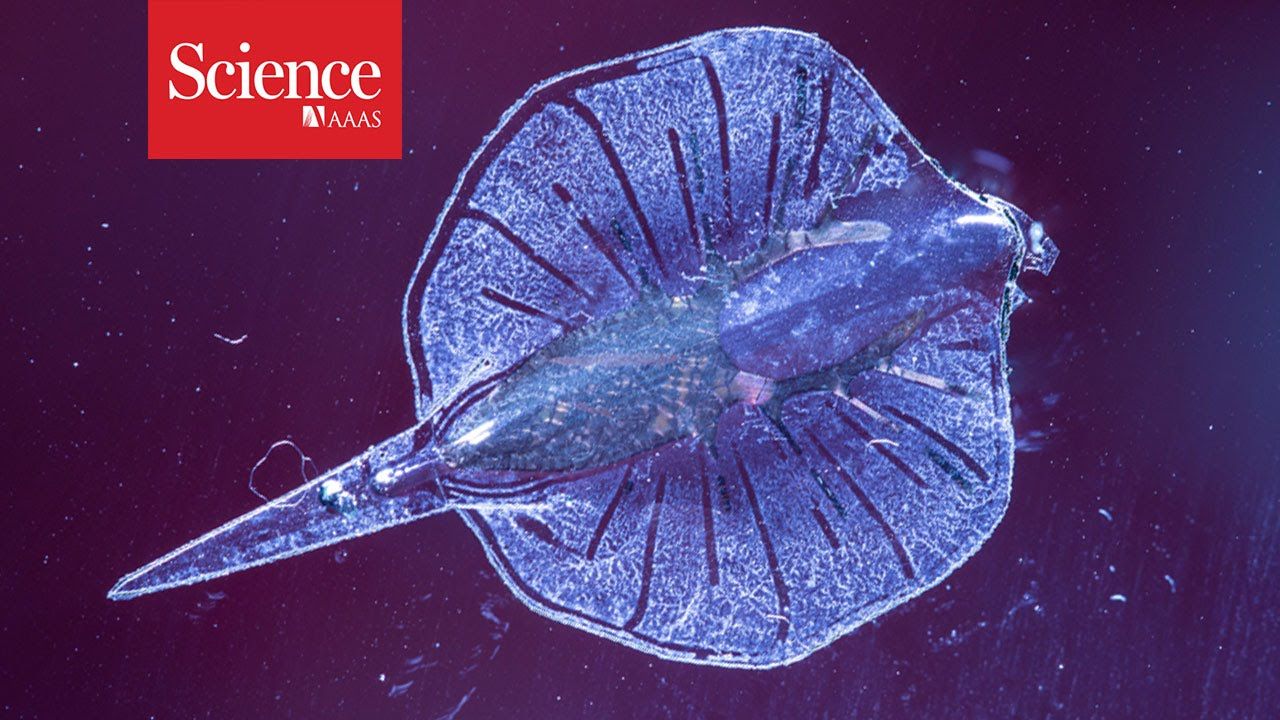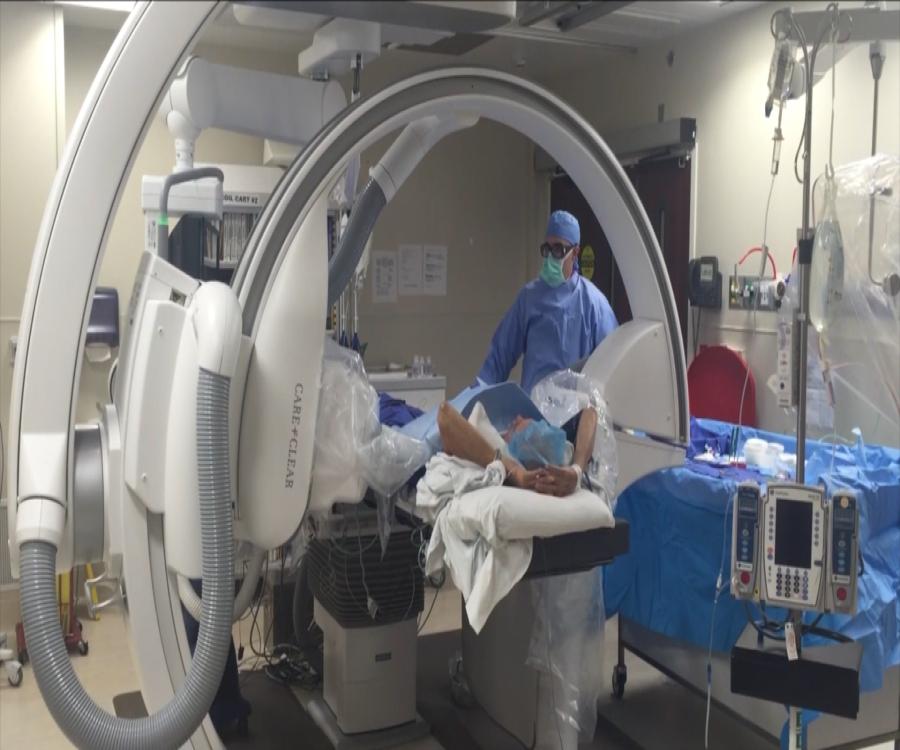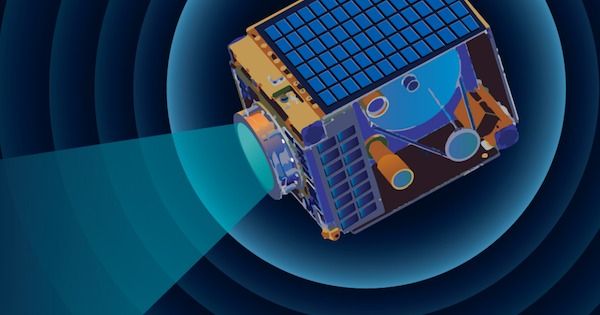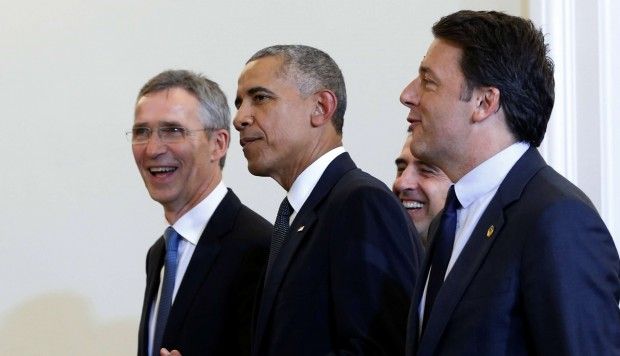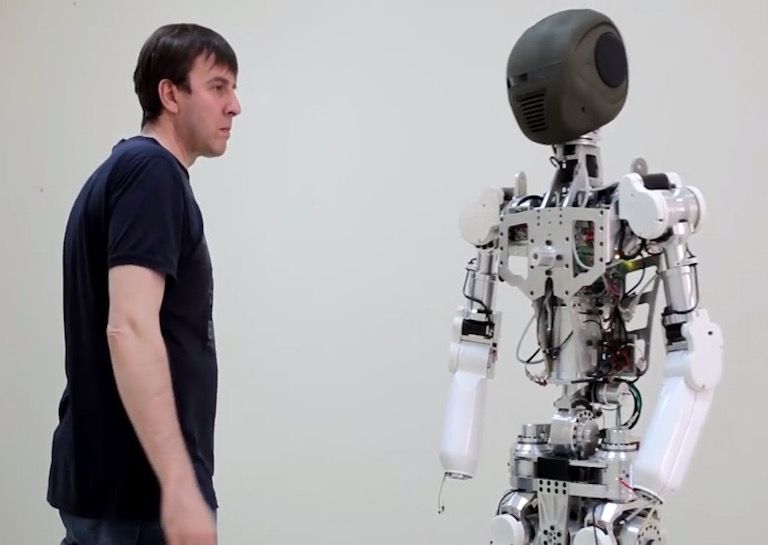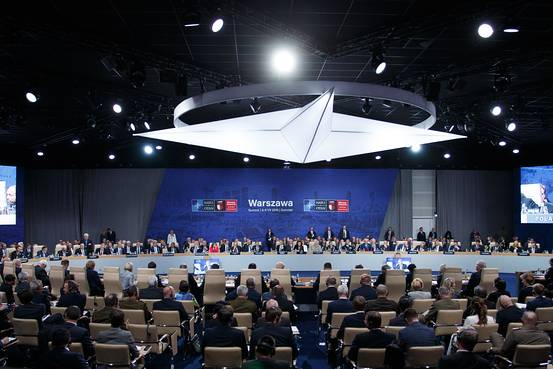A team of scientists from Oxford University has shown how the natural movement of bacteria could be harnessed to assemble and power microscopic ‘windfarms’ — or other man-made micromachines such as smartphone components.
The study, published in the journal Science Advances (“Active micromachines: Microfluidics powered by mesoscale turbulenceence”), uses computer simulations to demonstrate that the chaotic swarming effect of dense active matter such as bacteria can be organised to turn cylindrical rotors and provide a steady power source.
Scientists simulate tiny bacteria-powered ‘windfarm’.
